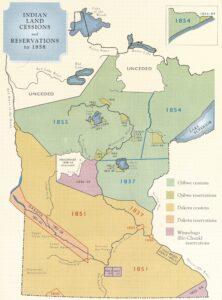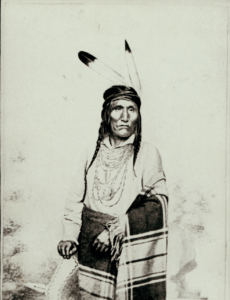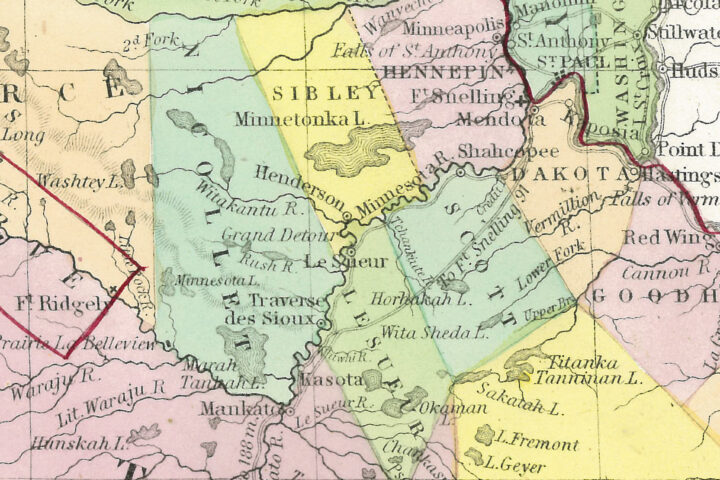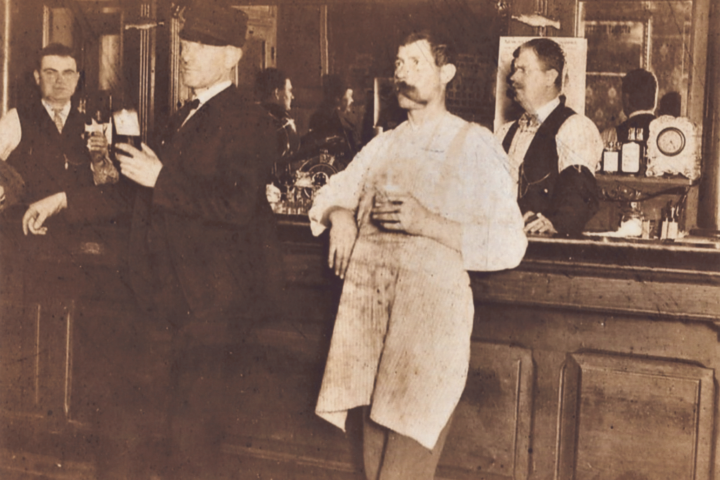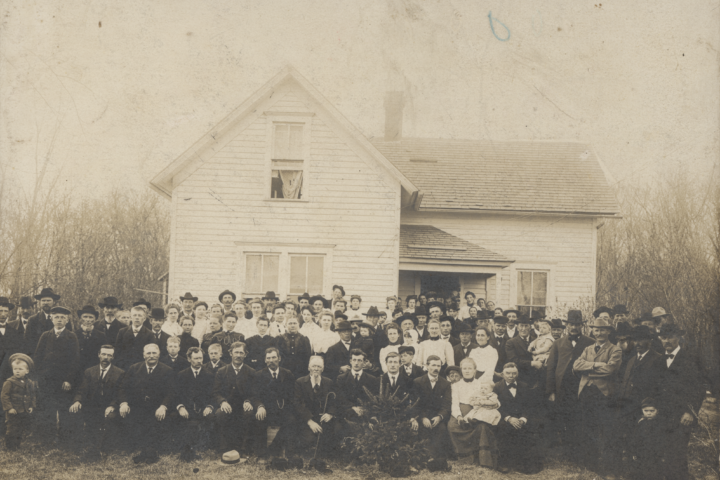“Father, you think it a great deal you are giving for this country. I don’t think so, for both our lands and all we get from them will at last belong to the white man. The money comes to us, but will all go to the white men who trade with us.” ~ Opiyahedaya (Curly Head), July 23, 1851
THE TREATY
BY THE NUMBERS
The Sisseton and Wahpeton Dakota bands sold 24 million acres to the U.S. Government that included basically everything southwest of I-94 in MN (Moorhead to St. Cloud), as well as a sizable chunk of northern Iowa, and eastern South Dakota. The price to be paid to the Dakota (promised by the treaty) was $1,665,000 (about 7 cents per acre). However, that amount was never paid. Congress and President decided to disburse funds as follows:
$1,360,000 in an annuity fund that would pay out 5% each year ($68,000) for fifty years ($3.4 m)
Other money was set aside for different funds:
- Civilization fund $12,000
- Education fund $6,000
- Goods/Provisions $10,000
- Cash annuity $40,000
The principal itself was never to be paid. Of the remaining amount (approx $305,000 including $68,000 in interest) it was paid as follows:
- $30,000 allocated to build farms, schools, mills, blacksmith shops
- $210,000 was divided up by some of the traders (including Sibley, who received over $66,000, JB Faribault $22,500, Bailly & Dousman, $15,000)
The remainder was distributed among the chiefs.
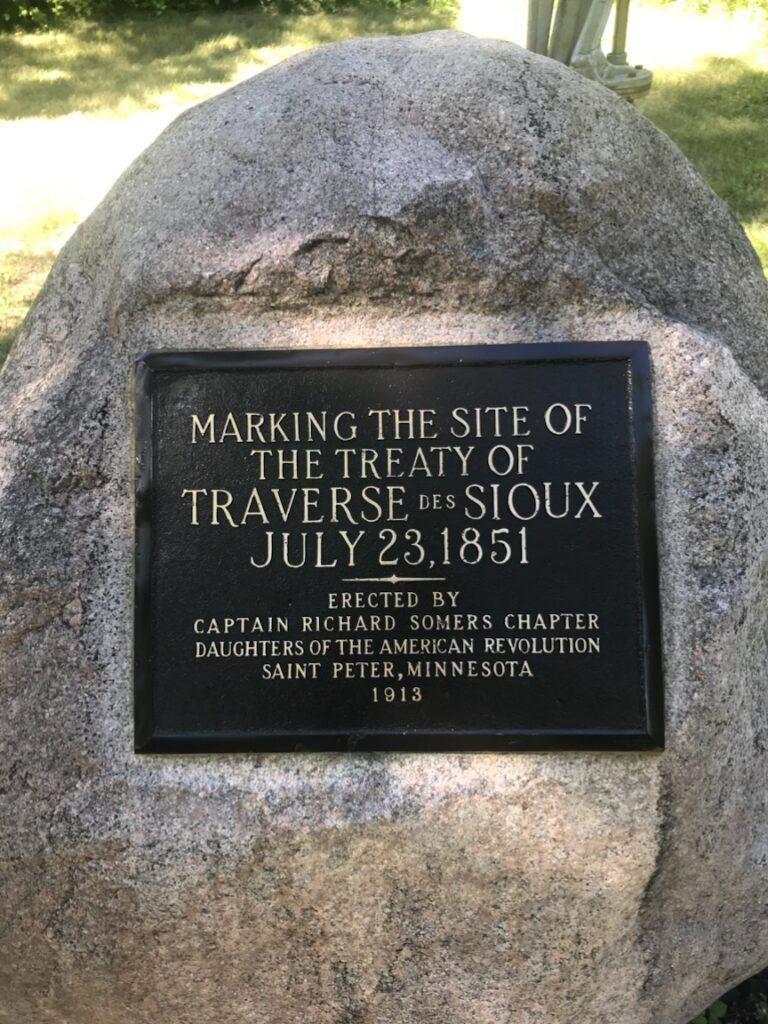
Today, the original signing site is marked by a boulder opposite the present Treaty Site History Center at the northern end of Old Minnesota Avenue in St. Peter, Minnesota.

